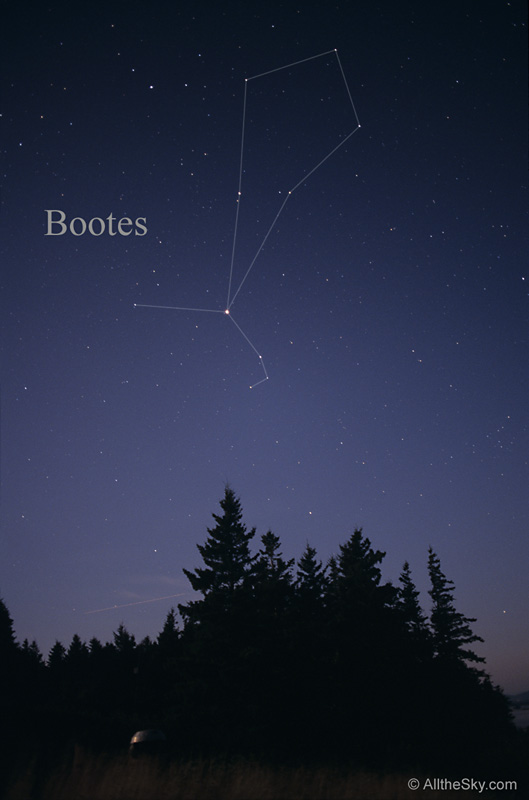What to look for in the sky this May
May 10, 2021
Posted by Lake Erie Nature and Science Center

As the weather gets warmer and days grow longer, springtime continues to bring change in the Northern Hemisphere. Planetarium Specialist Katy Downing shares the visible planets and constellations to observe in May.
Jupiter and Saturn
Before sunrise, look for Jupiter and Saturn shining brightly in the east. Jupiter will be toward the eastern sky and appear brighter than Saturn. Though not as bright, Saturn — the most distant planet in our solar system to be seen with the naked eye — will be brighter than the surrounding stars in the southeastern sky.
Tip: By May 31, the sun is rising at 5:55 a.m. Wake up early to gaze at these two planets before they disappear in the morning light.
Mars
This month, look west during sunset to observe Mars. The Red Planet will be due west, high above the horizon. As its nickname suggests, Mars will be red in color and stand out among the surrounding stars.
After you spot Mars, remind yourself of Perseverance, the new robotic mission that landed in February to look for signs of past microbial life, cache rock and soil samples, and prepare for future human exploration.
Tip: Stars twinkle; planets usually don’t.
Arcturus and Spica
As the skies clear, constellations become more visible. Look high in the sky for Leo the Lion, resembling a backward question mark with a triangle to the east of it. To the east of Leo are two bright stars, Arcturus and Spica.
The Big Dipper will be high in the sky after sunset; look for the seven stars making the iconic dipper high and to the north. Follow the arc of the handle to the south and you will find Arcturus in the constellation Bootes the Herdsman.
South of Arcturus is where you will find Spica, the jewel of Virgo the Maiden.
Tip:Light pollution, or excess light in the night sky, affects our natural world — from migrating birds to visibility of stars in the night sky. While it is difficult to observe many stars in Northeast Ohio, Arcturus and Spica are incredibly bright and visible despite light pollution. The rest of the stars in their constellations? You may have to plan a road trip out of the city to see them.
Full Moon
This month’s full moon, appropriately called the Flower Moon, will illuminate the night sky on May 26.
A lunar eclipse will occur over the Pacific Ocean that evening, when the moon moves into Earth’s shadow. Most of Australia will witness the entire lunar eclipse, and the west coast of the United States will see a partial lunar eclipse as the moon sets and the sun rises.
Though we will not see much of the lunar eclipse in Northeast Ohio, we will see a total lunar eclipse May 15-16, 2022.

